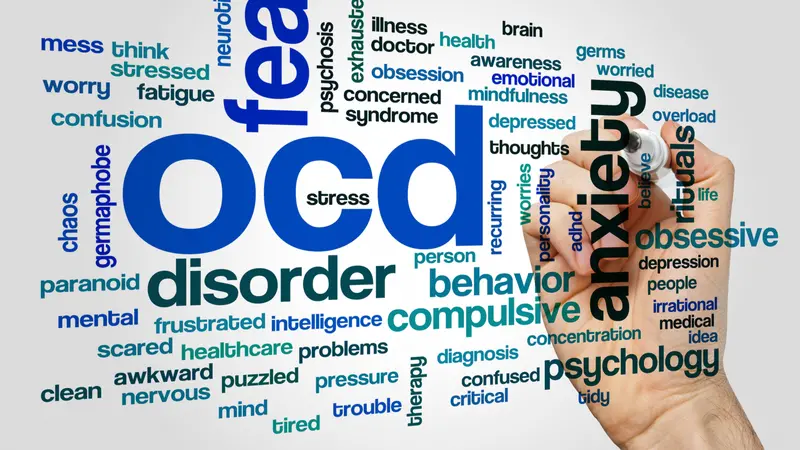

Mental and Behavioral Well-Being

Mental and Behavioral Well-Being
The Obsessed Brain: Multiple Faces of OCD
Obsessive compulsive disorder (OCD) is a mental health condition that 2-3% of people develop, significantly impacting their lives. The disorder is characterized by obsessive thoughts that are intrusive, frightening, or repulsive. Other symptoms are sudden urges and repetitious compulsions. Recent research suggests there are multiple types of OCD, all requiring a different treatment plan.
Typically, OCD involves thoughts that get stuck in a loop in one’s head. Obsessions can involve germs and contamination, symmetry, religion, sexual ideation, aggressive impulses, and fear of harming or killing others. People with OCD generally engage in compulsive behaviors to help diminish the anxiety or fear associated with the thoughts. These behaviors include excessive handwashing or cleaning, counting, checking, touching, arranging things in a specific order, or rituals.
Although the cause is not fully known, there are indications that certain circuits in the brain are disrupted by events in a person’s environment that trigger the symptoms. OCD could also stem from insults to the brain such as seizure disorders, infections, exposure to toxins, head trauma, or other conditions that adversely impact normal brain function. The challenge of treating OCD is understanding what is going on in the brain so the symptoms can be controlled.
Doctors at Amen Clinics studied more than 170,000 brain SPECT (single photon emission computed tomography) scans of patients from all over the world. They found that OCD is not a single or simple disorder.
The researchers discovered that most OCD patterns involve increased blood flow in two areas of the brain—the anterior cingulate gyrus, which involves attention, and the basal ganglia, which helps to set the body’s level of anxiety. However, there are numerous factors that impact the brain, causing the disorder. Exposure to toxins such as mold or infections like Lyme disease can result in areas of low blood flow in the brain, which interferes with how neurons communicate. Seizure disorders also showed decreased activity in one or both temporal lobes.
More clarity in understanding the causes and triggers of OCD will aid in developing individual treatment plans specific to each patient.
REFERENCES
Amen Clinics. (2021, April 5). OCD is not just one thing. https://www.amenclinics.com/blog/ocd-is-not-just-one-thing/?


 By
By






